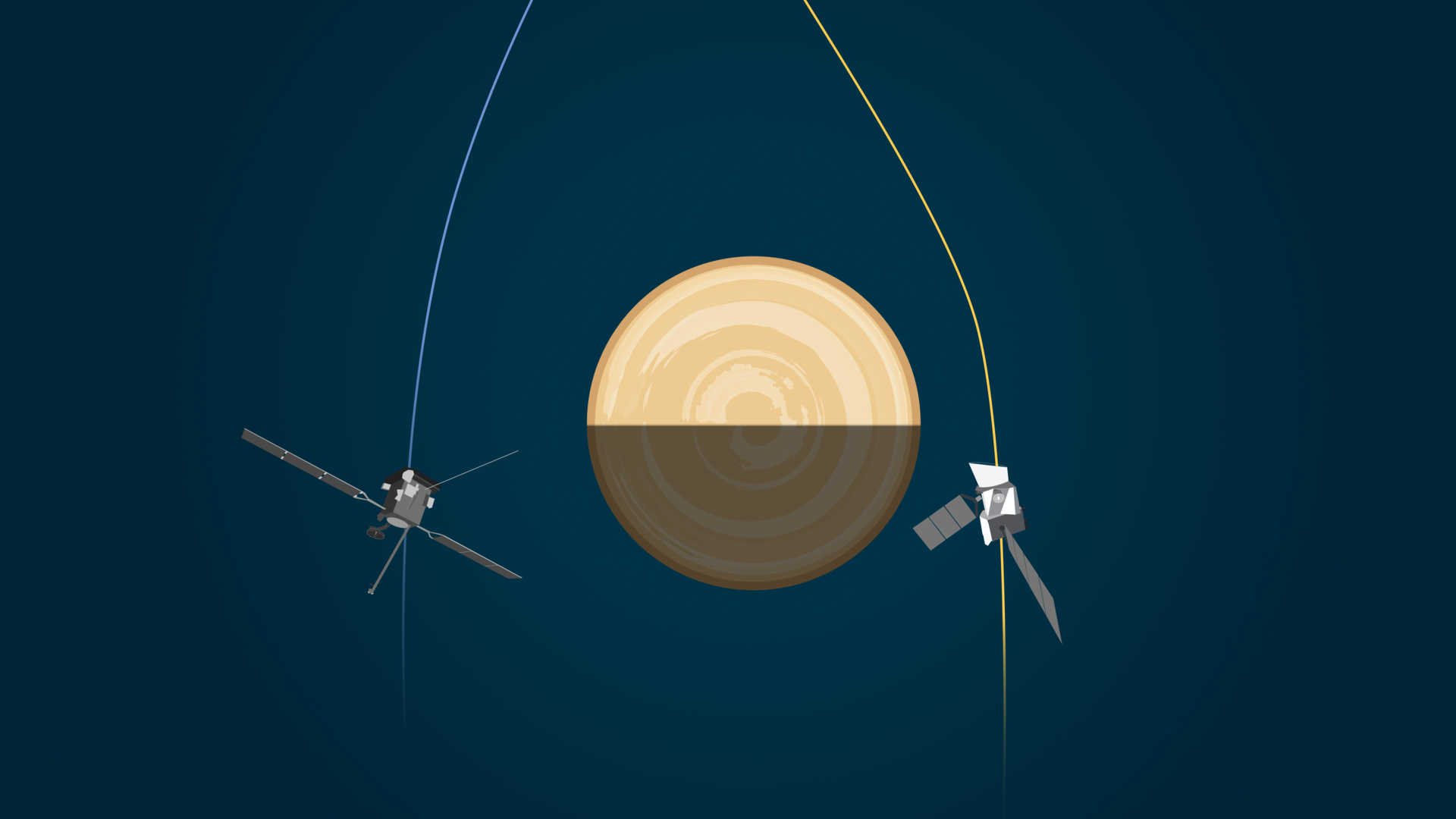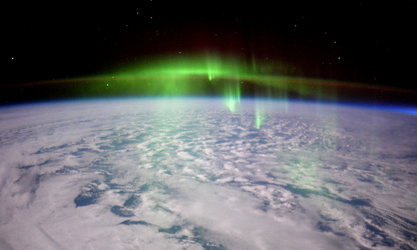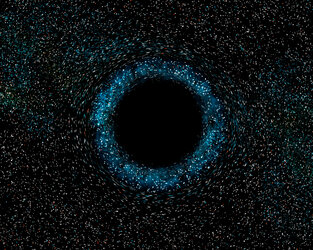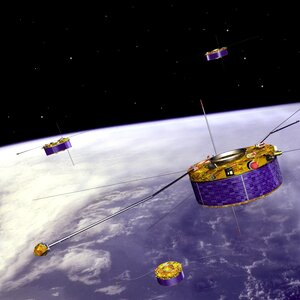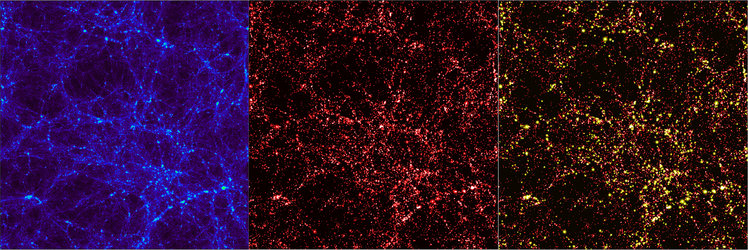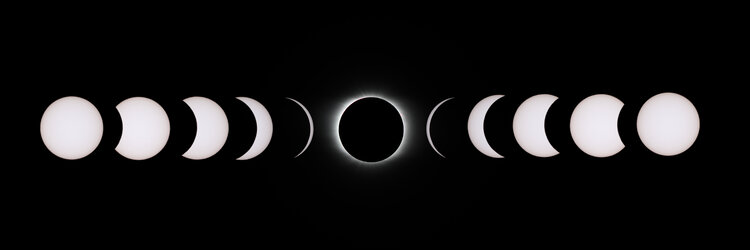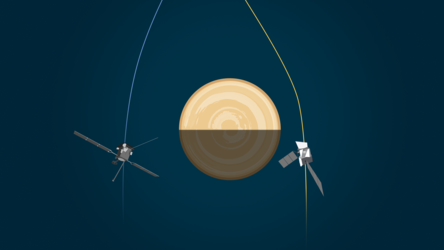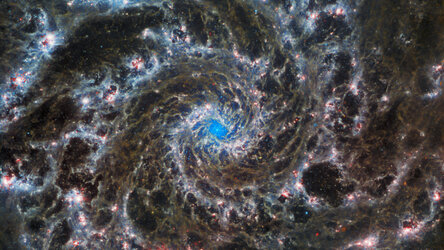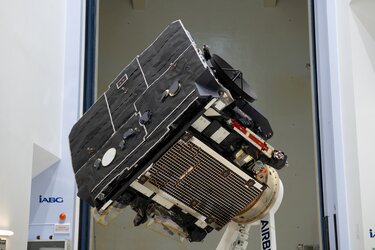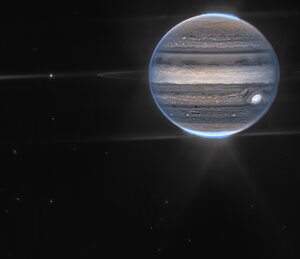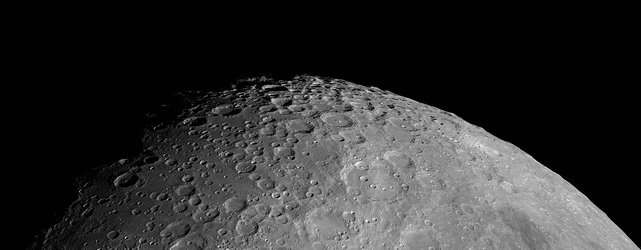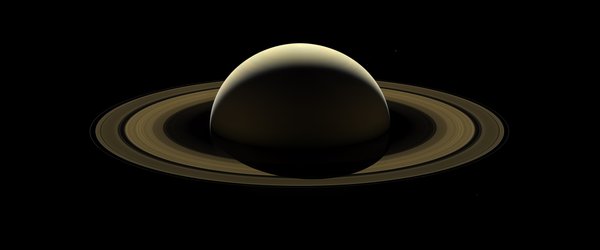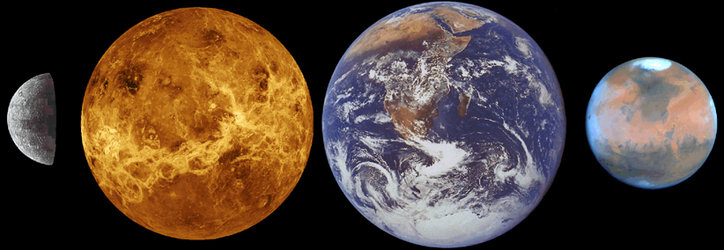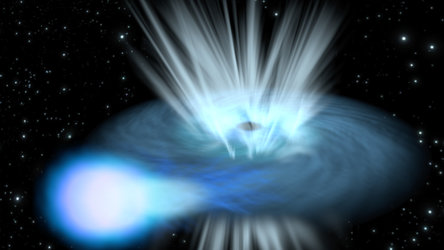F
Facula
(1) Bright region of the Sun's photosphere. Faculae can occur anywhere on the Sun, but the largest faculae are found near sunspots.
(2) A bright spot on a planet or moon.
Fahrenheit (°F) Temperature scale on which water freezes at 32 °F and water boils at °F. The conversion between the Fahrenheit temperature scale (F) and the Celsius temperature scale (C) is: F=32+1.8xC
Field of view (FOV)
The full angular extent of the sky being viewed by an instrument.
Filament
A solar prominence which is seen as a dark streak against the bright disc of the Sun, and appears as bright streams of plasma in the solar corona which appear to radiate away from the Sun when seen off the solar limb.
Filter (wheel)
Accessory used with an optical instrument or detector of electromagnetic radiation to either narrow down the wavelength band or to reduce the total intensity passing into the instrument.
Flat Universe
See Critical density.
Fluctuations (in the cosmic microwave background)
See Anisotropy, Inhomogeneity (in the cosmic microwave background)
Fly-by
The passage of a spacecraft near a planet, a moon or an asteroid.
Focal plane
Axis or geometric plane where incoming light is focused by the telescope.
Focus
Point at which converging rays meet and at which a clearly defined image can be obtained.
French Guiana
French overseas territory on the north-east coast of the South American continent where the European Spaceport of Kourou is located.
Frequency
The rate at which a wave oscillates: the number of full cycles performed by the wave in a second. See also Electromagnetic radiation and Wavelength.
Fusion
See Nuclear fusion.


